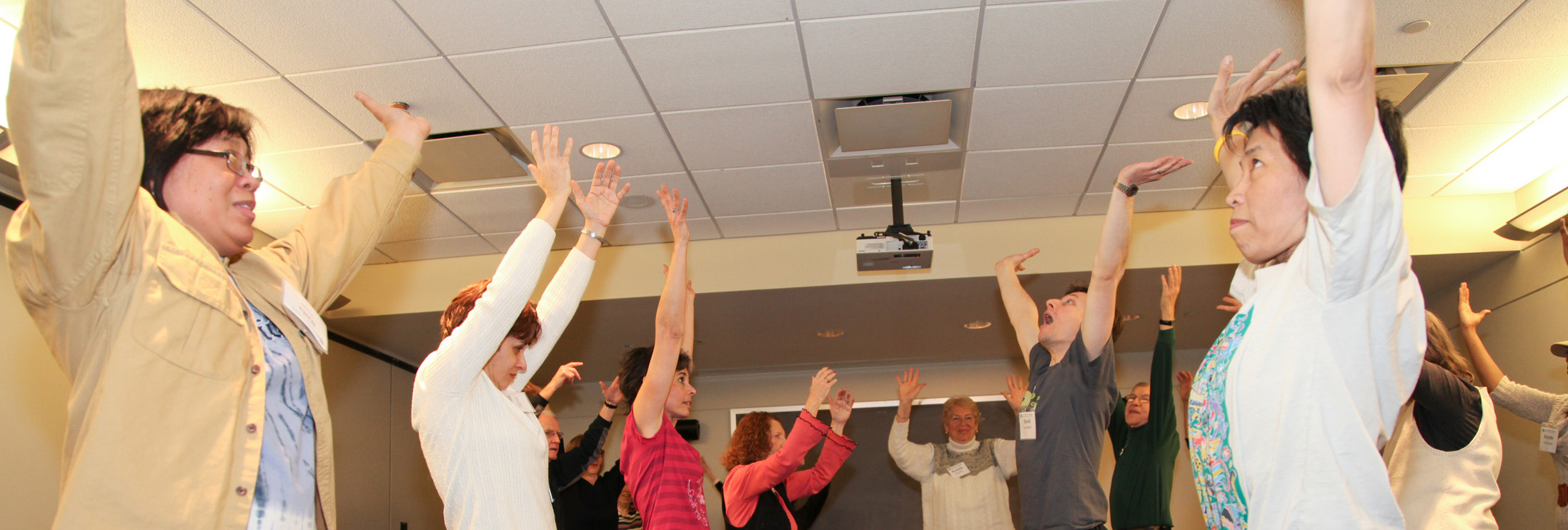Driving and Living with Parkinson’s
The ability to drive a car is a powerful symbol of independence that is closely tied to self-esteem and self-efficacy. Many people with Parkinson’s disease (PD) continue to drive safely long after their diagnosis. While the symptoms of Parkinson’s and the side effects of its medications may affect a person’s driving ability, the diagnosis alone does not tell the whole story. Much depends on a person’s specific symptoms, as well as the presence of other changes that may come with aging. So how can people with Parkinson’s and their loved ones be confident that they are safe on the road?
Driving and PD
Driving is a complex task. It requires visuospatial processing (the ability to gauge the distances between objects in the environment); physical strength; agility; good reaction times and reflexes; and intact eyesight and hearing. It also requires the ability to keep track of several things simultaneously, including the speed of your car, the presence of other cars and objects in a rapidly moving environment, and the interior mechanisms of the car. Most people who have a lifetime of driving experience behind them have honed these skills over the years, and are able to automatically integrate the complicated tasks that are needed for driving. However, the aging process affects driving skills, and these may become further compromised in the context of Parkinson’s. And there are specific Parkinson’s-related symptoms that may affect driving. These include:
Bradykinesia, or slowness of movement.
This symptom is important because driving often requires quick reaction time.
Cognitive changes.
Although PD is a movement disorder, its cognitive aspects — chiefly, executive function (the ability to manage multiple tasks) and impaired visuospatial processing — have the most important impact on driving. People with PD may have difficulty multi-tasking — for example, driving while listening to the radio.
Impaired visuospatial processing can result in veering towards the side of a lane, impaired ability to park, misjudging turns, clipping side view mirrors, and misjudging the speed of other vehicles. Visuospatial impairment is a key reason that passengers become concerned about a driver’s abilities. Lastly, memory difficulties may make it hard for people with PD to focus — particularly when they are driving in unfamiliar places.
Vision changes. People with PD may have trouble with contrast sensitivity, which means visually differentiating objects from their backgrounds. In addition, it may be difficult to visually scan the environment quickly enough to anticipate and react to a change — for example, having to suddenly step on the brakes if a car ahead of you quickly changes lanes.
Drowsiness. The side effects of medications, or sleep difficulties, can cause a person to become suddenly and unpredictably tired or sleepy. We know from research that sleepy drivers can be dangerous drivers.
Movement symptoms.
Tremors and dyskinesias (abnormal, involuntary movements) may make it difficult for people with Parkinson’s disease to get into the car, or to control it.
Are You a Safe Driver?
Everyone, not only people with PD, should be concerned about being a safe driver. One way to find out how you are driving is to ask a trusted person to observe you at the wheel. Then review your own record. Have you had any crashes or near misses in the last year? Are other drivers honking their horns because your driving is unpredictable?
If you are having difficulty driving due to PD, talk to your doctor. You may want to undergo a formal driving assessment which you can find through a hospital’s occupational therapy department. You can also look for a driving remediation instructor affiliated with a hospital. Note, health insurance does not typically cover a driving assessment.
Testing Driving Skills
If you do choose to undergo a driving assessment, there are several tests that may be administered in an office setting. These tests often focus on visual abilities, capacity for multi-tasking, speed of response, ability to maintain focused attention and mental flexibility. Visual and motor reaction times are measured with computer tasks and physical activities, such as pressing down on a mock brake pedal when a red light comes on. A more common option is to take a road test, with an instructor in the front seat and sometimes an occupational therapist in the back. The road test will include driving on large and small roads, making turns, stopping at signs and exercising skills such as maintaining a steady speed and staying in the correct lane.
Making sure that a person is a safe driver does not end with passing the test. It also requires following a set of practices in real world driving. These may include planning routes ahead of time; installing an adaptive steering device (if needed); restricting driving to the “on” periods of the PD cycle when medications are working optimally; driving with a co-pilot; and staying off the roads at rush hour or after dark. People with PD should also make it a habit to scan the road far ahead, to anticipate problems and to plan responses. Sometimes, the result of a driving assessment is not a clear “pass” or “fail.” If this happens, a person can generally work on their skills and take the test again.
When to Give up Driving and Who Decides?
Learning to drive is a rite of passage. Though less recognized, the decision to stop driving is also a rite of passage — it can change quality of life, increase the burden on care partners, and lead to depression and social isolation. It may also motivate individuals to move to a setting that offers alternative forms of transportation.
Plus, the decision as to whether or not to give up driving is much less well-defined than that of getting a license. The “older driver” is defined differently from state to state and each Department of Motor Vehicles varies in terms of how it handles license renewal for older drivers. Most people do not want the privilege of driving to be taken away from them. And no one wants to be the “bad guy” who tells a person that he or she is not driving safely. But if there are concerns, it is important to start these conversations early.
A driving assessment can help a person make a decision about whether to give up the car keys while avoiding the tension that comes from involving loved ones. It is important to note that the decision to stop driving can evolve over time, rather than being made suddenly. Undergoing an assessment does not always mean getting a flat “yes” or “no.” It may be possible to continue to drive by setting limits, like driving less on highways, and not at all on days when a person is not feeling well. If and when you or a loved one does make the decision to stop driving, there are often programs available to help you get to where you need to go.
Conclusions
For many people with PD, driving is the most practical way to do errands, meet friends and get to work and appointments. Driving less, or deciding to stop driving altogether, are important life changes. The biggest challenge is finding the right balance: you do not want to deny yourself the privilege of driving sooner than is necessary but you certainly do not want your driving to put yourself or others in harm’s way. All of these decisions can be less stressful if you plan ahead.
Margaret O’Connor, Ph.D, A.B.P.P., and Lissa Kapust, L.I.C.S.W., of Harvard Medical School and Beth Israel Deaconess Medical Center, originally presented this topic as a PD ExpertBriefing. Available by visiting,www.pdf.org/parkinson_briefing_driving.





